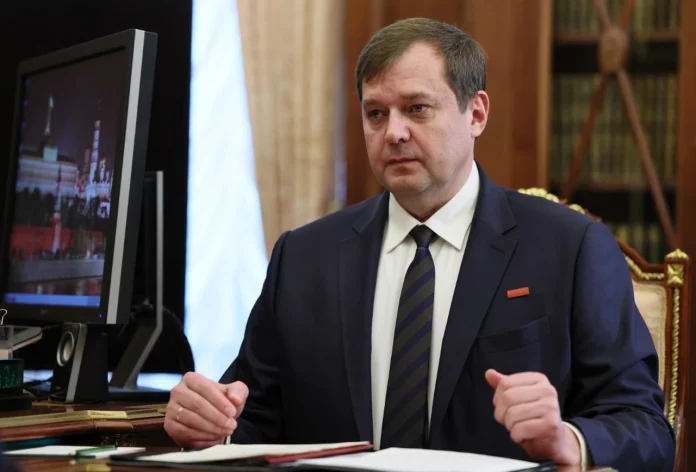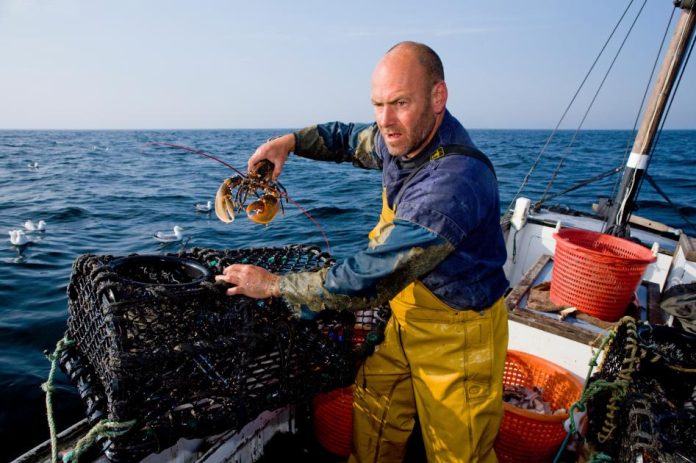In recent times, the geopolitical landscape has witnessed alarming statements from key figures within the Kremlin-appointed administration. Yevgeny Balitsky, the head of the Zaporizhzhia region, has openly advocated for Russia to embark on a path of territorial expansion reminiscent of the Russian Empire’s historical boundaries before the 1917 Revolution. In an interview with RIA Novosti, Balitsky’s provocative remarks may have initially flown under the radar, but they have now taken the center stage of global attention through the power of social media.
Russia’s Ambitious Agenda
Balitsky left no room for ambiguity in his declaration. He stated, “When the Russian Empire faltered after the Bolshevik coup and took a different developmental path, it lost many of its territories. I’m not just referring to the land; this includes Warsaw, Helsinki, Revel, Liepaja, and the entire Baltic States.” This declaration unveils Russia’s audacious ambitions to reclaim territories it perceives as rightfully belonging to its historical heritage.
Furthermore, Balitsky provided a chilling roadmap for Russia’s intended course of action, remarking, “The fact that they have now been made into a herd of wordless, trembling creatures, then we must correct this. And we will correct this by the power of Russian weapons… to return our people, our subjects. So that the whole world does not turn into the Sodom and Gomorrah that is happening in Europe now.”
These words not only underscore Russia’s territorial ambitions but also its willingness to employ military force to achieve these objectives. Balitsky’s statement reverberates as a call for a resurgence of the Russian Empire, casting a shadow over Eastern Europe and beyond.
A Rising Tide of Russian Propaganda
Balitsky’s provocative remarks are not isolated. They are part of a larger wave of propaganda within the Russian Federation advocating for the re-establishment of not only the USSR but also the Russian Empire. This alarming trend has the potential to destabilize regional and international relations, prompting concerns and reactions from nations worldwide.
Balitsky, once a member of the Ukrainian parliament, became closely associated with Russian authorities in Melitopol following the commencement of the full-scale invasion. His endorsement of Galina Danilchenko as mayor of Melitopol, a move made after the legitimate mayor’s abduction, further solidifies his alignment with Russian interests in the region.
A Disturbing Trend
Yevgeny Balitsky’s appointment as the so-called governor of Ukraine’s Zaporizhzhia Region on April 9, 2022, marked a significant turning point. In this role, he actively advocated for the annexation of the region by the Russian Federation, a position aligned with the broader Russian agenda.
Balitsky’s rhetoric is not an isolated instance. Other Russian officials, including a newly-promoted Russian general, Lieutenant General Andrey Mordvichev, have echoed similar sentiments. Mordvichev, head of the Central Military District and the Russian Central Group of Forces in Ukraine, was promoted to the rank of Colonel-General by President Putin. In an interview on Moscow’s state-run Russia-1 channel, Mordvichev conveyed his belief that Putin’s military actions will persist and potentially expand further into the future.
The Ominous Future
In the interview, Mordvichev stated, “The war will persist for an extended period. Discussing specific dates doesn’t make sense… When it comes to Eastern Europe and what needs to be done, it will certainly require more time.” When asked whether Ukraine is merely a stepping stone, he responded affirmatively, affirming, “Yes, you’re correct. This is only the beginning. I believe that the proponents of this war won’t stop there.”
In essence, Mordvichev’s words paint a dire picture of Russia’s intentions for the region. The echoes of expansionist ambitions continue to reverberate, raising serious concerns about the stability and security of Eastern Europe and beyond.
Conclusion
Yevgeny Balitsky’s provocative remarks and the sentiments expressed by Lieutenant General Andrey Mordvichev underscore the pressing need for a diplomatic resolution to the escalating tensions in the region. Russia’s historical ambitions and willingness to use force have profound implications for international relations and global security. It is imperative for the international community to closely monitor and engage in dialogue to ensure peace and stability in Eastern Europe and prevent further destabilization on the global stage.












